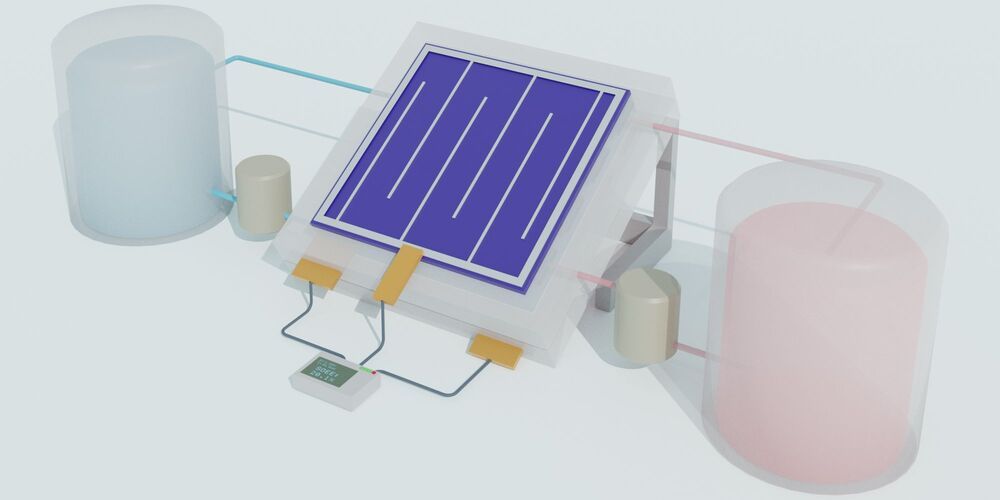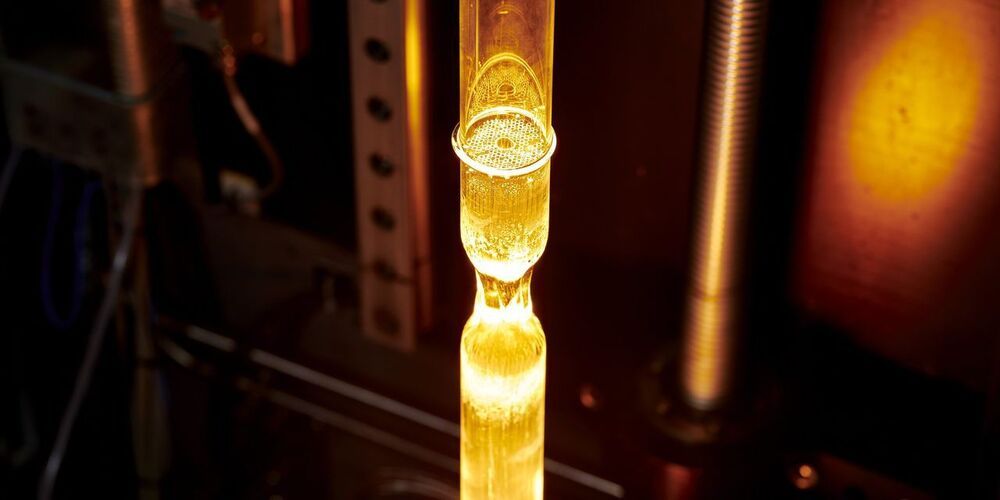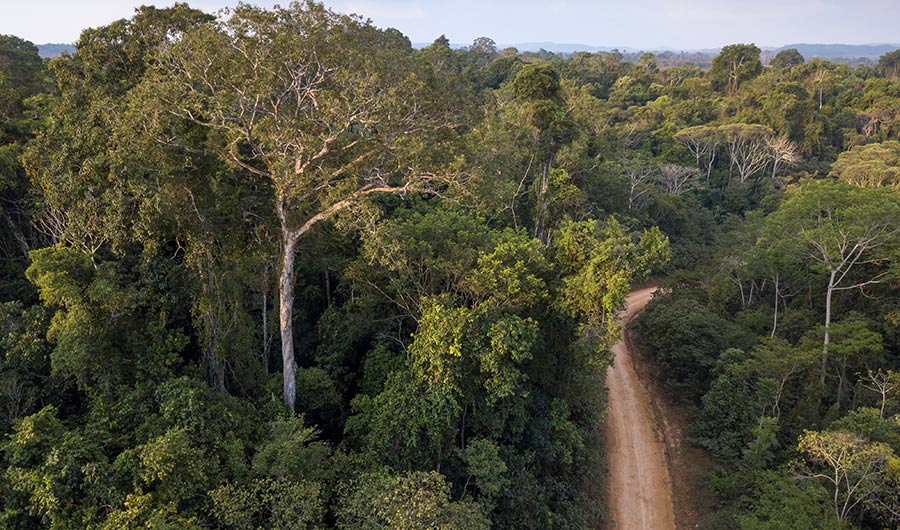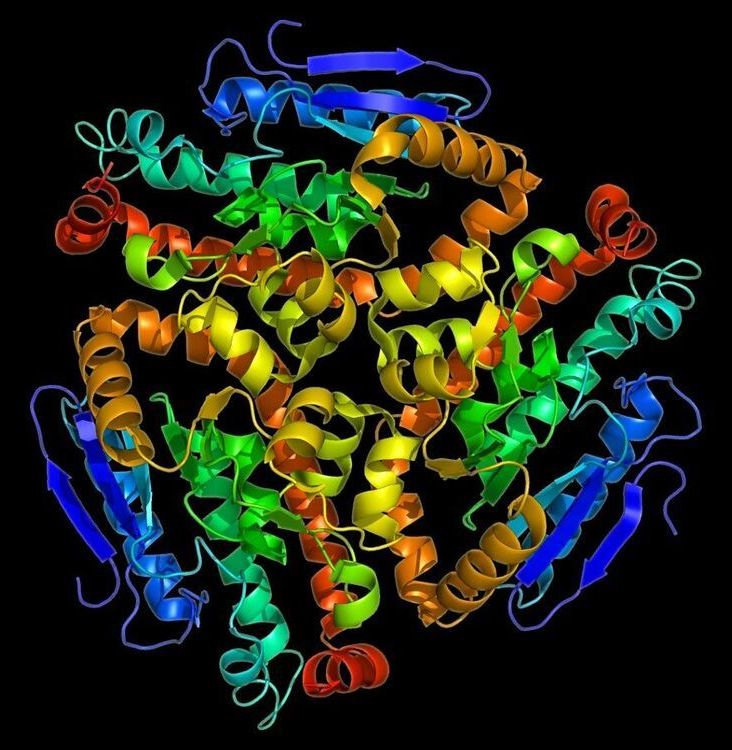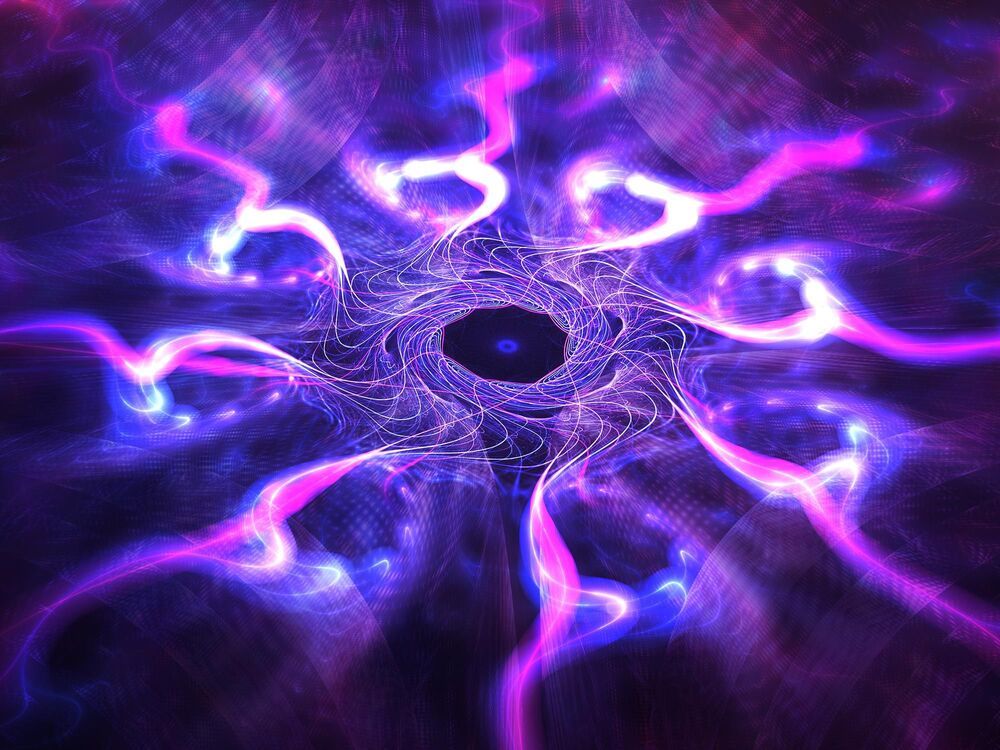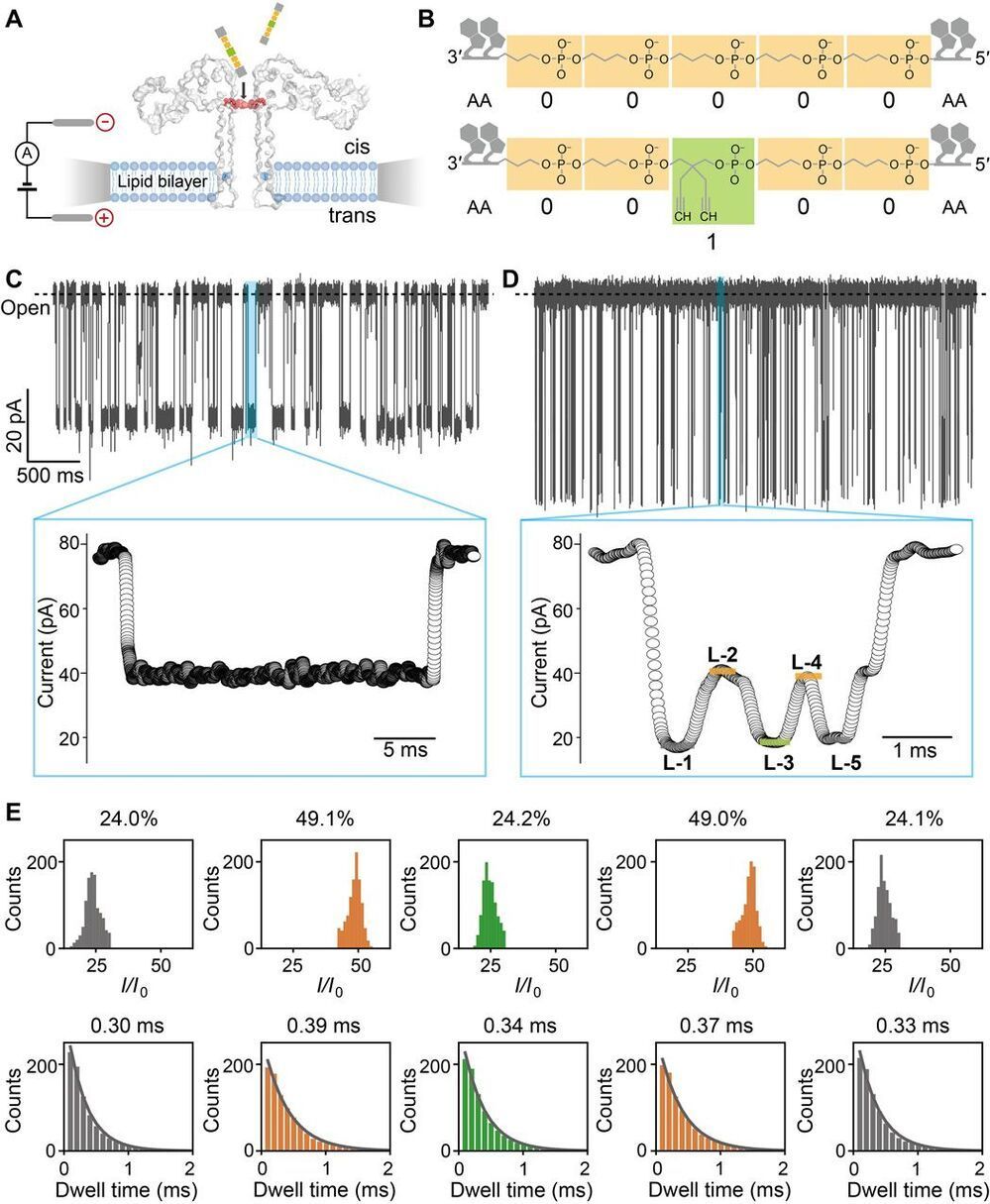Jan 11, 2021
Solar flow battery efficiently stores renewable energy in liquid form
Posted by Quinn Sena in categories: information science, solar power, sustainability
Capturing energy from the Sun with solar panels is only half the story – that energy needs to be stored somewhere for later use. In the case of flow batteries, storage is relegated to vats of liquid. Now, an international team led by University of Wisconsin-Madison scientists has created a new version of these solar flow batteries that’s efficient and long-lasting.
To make the new device, the team combined several existing technologies. It’s a silicon/perovskite tandem solar cell, paired with a redox flow battery, which the team says will allow people to harvest and store renewable energy in one device. Not only is it efficient, but it should be inexpensive and simple enough to scale up for home use.
The energy-harvesting part of the equation combines the long-time industry-leading material – silicon – with a promising young upstart called perovskite. These tandem solar cells have proved better than either material alone, since the two materials capture different wavelengths of light.
